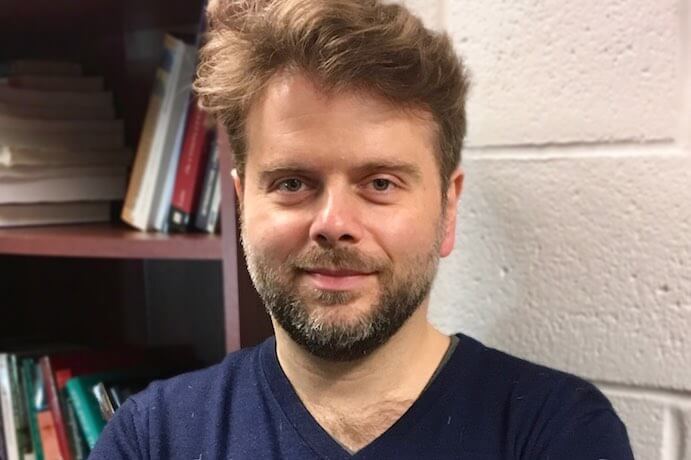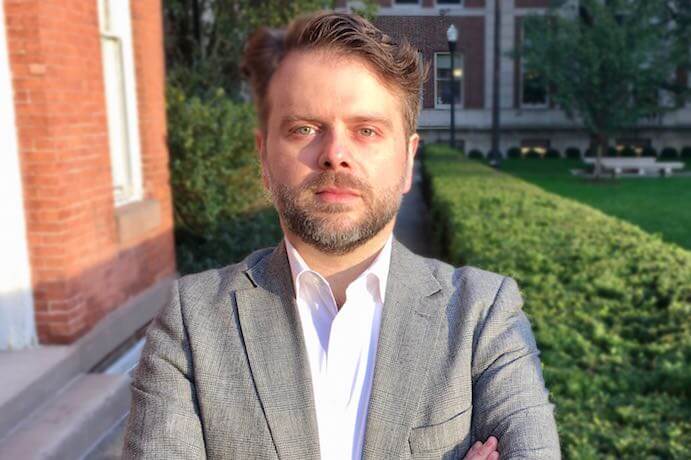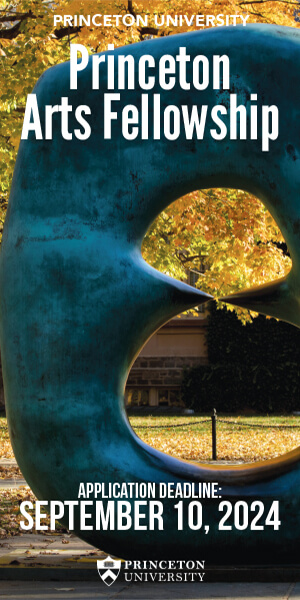Mahir Cetiz is a composer, conductor, pianist, and researcher on the music faculty at Columbia University and New York University. Originally from Turkey, Cetiz earned his undergraduate degree from the Ankara State Conservatory, and after years of working and studying in England and Turkey, he came to New York to study with Fred Lerdahl, Fabien Levy, and Tristan Murail in the composition doctoral program at Columbia University. Since completing his DMA at Columbia in 2013, he has received the Guggenheim Fellowship in 2017-2018 and held the position of Columbia Core Lecturer in 2015-2018. His compositions have been performed by the International Contemporary Ensemble, Ensemble Intercontemporain, New York Philharmonic, BBC Symphony, BBC Philharmonic, and Zurich-Tonhalle Orchestra. What I find most exciting about Cetiz’s music is his treatment of sound in terms of gesture and the transformation of sound over large spans of time. The 2019/2020 season of the Bilkent Symphony Orchestra will feature Cetiz’s concert-length work on Yaşar Kemal’s writings. His recent composition, Soliloquy for solo violin, performed by American violinist Ellen Jewett, is forthcoming on Naxos Records.
I’m especially interested in hearing more about your use of gesture in “Inhibited Momentum.” At the beginning of the piece, we hear the juxtaposition of a number of different types of sound: strong accents on the arco and pizzicato strings, bass clarinet, and snare drum; rapid repetitions on a single note of the prepared piano; a descending gesture on the vibraphone. Do you think of gesture as a physical motion that can be applied interchangeably to various instruments, or is it something different?
The term “gesture” is a very special one, and its meaning depends on context. In traditional contexts, gesture is something short and subsidiary. However, in contemporary music, it becomes primary and refers to the sense of movement or the sonic activity–which is not limited to shorter figures, but can also be perceived over longer time spans. Let me be more specific about what I mean by movement–I am referring to the sound behaviors.
The gesture as sound behavior is how we perceive music in connection with our experience of physical movement in everyday life. We perceive sound in terms of physical and spatial metaphors, and music is a platform for such metaphorical connections. More broadly, physical movements are manifestations of energy, and we perceive sound behaviors according to change in energy levels.
Let’s return to the example of the opening measures of my piece Inhibited Momentum. You ask if the types of sound (e.g., accents, rapid repetition, glissando) are gestures, and I should make a distinction between these two things. Because even though different types of sound can indicate a movement in their production and perception, the overall gesture of this section is the combination of different types of sound, more specifically their ordering and interaction. For example, I make a distinction between sound types that have short attacks and longer sustains. The former result from accents heard in the cello and contrabass clarinet, while the latter are heard in the piano and vibraphone. Yet in spite of this distinction, these sound types imply complimentary behaviors. The short attacks are perceived as triggers for the gliding vibraphone gestures and continuous piano osciliations. The timbral quality of these instruments, achieved through contemporary techniques, helps to bring out the gestural aspect of these figures–more so than pitch content or any other parameter. The resulting behaviour–i.e. gesture–is therefore a combination of sound types related in terms of cause and effect.
Do you encourage listeners to hear your music in terms of gesture? Could you describe how you envision the listener?
As a composer, I don’t usually prefer to give directions on how my music should be heard. I can only hope that my music invites listeners to hear the music in their own way and discover their own relationship with it. However, I believe that we relate to music in terms of movement. This is a feature of not only my music, but almost all types of music. For me, movement and gesture are as close as we can get to a universal mode of expression, even though these gestures are always grounded in a particular cultural context.
In February 2017, I heard you give a paper, “Tuning, Notation, and Theory in Turkish Classical Music” at the Global Histories of Music Theory conference at the Heyman Center. I recall you discussing makam in terms of tetrachords and how these tetrachords are derived from a different tuning system than equal temperament. How has your research on makam shaped the pitch organization and conception of tuning in your own compositions?
Makam (or Arabic Maquam) is the tradition of musical organization in most Middle-Eastern musics. In the West, makam is usually perceived as a collection of modes, but this is a very limited way of looking at it. In fact, as some prominent musicians and scholars point out (e.g., Okan Murat Öztürk and Ozan Baysal), makam is not a closed system like tonality. It is extremely flexible, even though that flexibility is guided by rules established over many centuries. What is even more interesting here is the use of microtonal inflections, which are always related to the melodic contour and movement within the system of just intonation.
Makam, in that regard, is a collection of principles for creating melodies. Any single melody suggests a rather specific sense of movement, especially in terms of pitch. My compositional approach makes use of this attitude toward pitch organization. At times, I use makams more directly, as for example in the last movement of my first string quartet, Seyir. However, most of the time, my compositions adopt a more flexible approach to makam.

Mahir Cetiz
The title of your piece “Enfilade: Lamento, Cambiata” refers to an architectural concept—the enfilade as a series of doorways that follow a single line, allowing the viewer to see many rooms at once. Could you discuss how this conception of space informs the sound of your piece?
This piece focuses on the experience of moving through a particular kind of space–the enfilade–not on actually describing the space. More specifically, my composition is about how we perceive change over time. Consider how in architecture we can only truly experience a space by moving through it.
In a similar way, the listeners of Enfilade experience the piece as a linear progression through time. Yet, at the same time, the listeners also encounter things that they have heard/seen before, as if returning to an earlier point in the music. These repetitions, which are present on both the local and global levels, are like strange loops–akin to the drawings of Escher. As with my other musical compositions, Enfilade uses spatial metaphors (the enfilade as an architectural design) to guide the perception of a global gesture. For example, the Shepard tone–which creates the illusion of continuing endlessly–is one such gesture that I use in this piece.
I know that you are also active as a conductor and pianist, both of which involve very specific vocabularies of gesture. How do these gestural vocabularies shape the concept of gesture and sound in your own music?
Without a doubt, my gestural vocabularies as a conductor and pianist shape the concept of gesture and sound in my compositions. However, the relationship is not always so obvious.
Let’s step back for a moment and think about sound. It seems natural to relate a sound to its source and/or cause. Similarly, a gesture as sound behavior could be said to derive from a physical gesture or movement. My compositions do include some examples of such direct gestures–for example, the application of increasing bow pressure to increase the amplitude. However, I’m even more interested in exploring gestures where the cause is less evident–the application of extreme bow pressure to create lower pitches and distortion. These different types of relationships between physical gesture and its outcome draw attention to the complex nature of sound, which is something that I am always curious about as a composer and listener. In that regard, I try to use my experience as a performer to exploit the not-so-obvious relationships between the physical gesture and sound in my compositions. This is an important communicative aspect of my compositional practice.





















